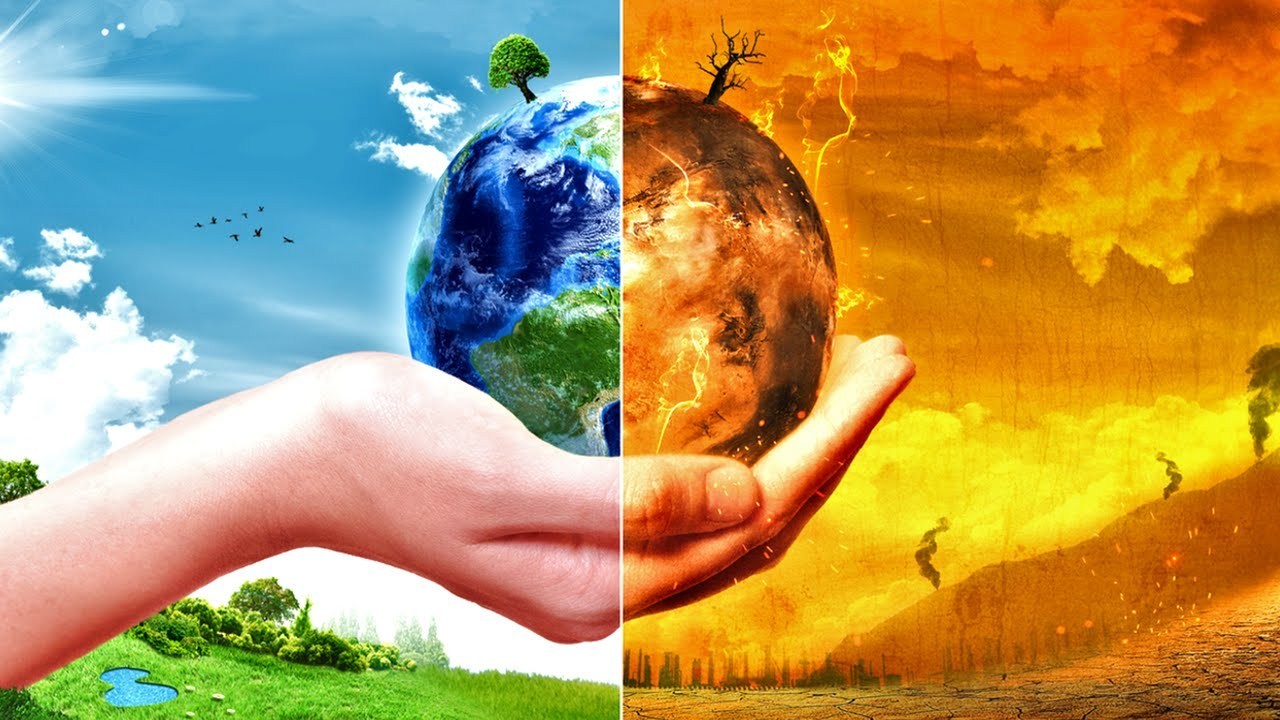
The annual State of the Climate report ( https://ametsoc.net/sotc2021/StateoftheClimate2021_lowres.pdf) report published Wednesday in the U.S. shows that in 2021, greenhouse gas (GHG) levels, global sea levels, and ocean heat reached record highs.
The international report was led by scientists from the U.S. National Oceanic and Atmospheric Administration’s (NOAA) National Centers for Environmental Information.
“The data presented in this report are clear — we continue to see more compelling scientific evidence that climate change has global impacts and shows no sign of slowing,” NOAA Administrator Rick Spinrad said in a statement. “With many communities hit with 1,000-year floods, exceptional drought, and historic heat this year, it shows that the climate crisis is not a future threat but something we must address today as we work to build a climate-ready nation — and world — that is resilient to climate-driven extremes.”
The global annual average atmospheric carbon dioxide concentration, for example, was 414.7 parts per million (ppm). That is 2.3 ppm greater than the 2020 amounts, and was the highest recorded in modern observational records as well as the highest in the last million years, based on paleoclimatic records.
In the report, the NOAA found that climate change continued to worsen in 2021, setting new records for greenhouse gas concentrations in the atmosphere that helped push sea levels and ocean heat content to record highs.
The peer-reviewed report was supported by research from more than 530 scientists from over 60 countries, and analyzed 2021 data to offer what it calls “the most comprehensive update on Earth’s climate indicators.”
The report “provides the latest synthesis of scientific understanding of the climate system and the impact people are having on it,” Paul Higgins, associate executive director of the American Meteorological Society, said in a statement. “If we take it seriously and use it wisely, it can help us thrive on a planet that is increasingly small in comparison to the impact of our activities.”
Among the findings in the new report are that the burning of fossil fuels continues to worsen the so-called greenhouse effect.
“The major atmospheric greenhouse gas concentrations — carbon dioxide, methane and nitrous oxide — each rose once again to new record highs during 2021,” the report states.
While 2021 was not the warmest year on record, it ranked as the sixth hottest in recorded history, and the seven warmest have all occurred in the last seven years.
Ocean temperatures did set a new record in 2021, the report finds.
“The ocean sequesters the vast majority of the excess energy trapped in the Earth’s system by greenhouse gases and other factors; estimated at more than 90% over the past half-century. Global ocean heat content, measured from the ocean’s surface to a depth of more than 6,000 feet, continued to increase and reached new record highs in 2021,” the report states.
The amount of warming already unleashed on the planet thanks to the burning of fossil fuels has been determined to cause precipitous melting of the Greenland ice sheet that will result in nearly a foot of sea level rise by 2100, a study published Monday in Nature Climate Change concluded.
Sea levels have already begun rising, however, creeping up an average of 8 inches since 1880, according to data from NOAA. Most worrisome, however, is the rate of rise. In the past 25 years, the seas were found to have risen an average of 3 inches. The new NOAA report showed that this sped-up trajectory is not slowing.
“For the 10th consecutive year, global average sea level rose to a new record high and was about 3.8 inches (97.0 mm) higher than the 1993 average — the year that marks the beginning of the satellite measurement record,” the report states.
Sea level rise has largely been caused by the melting of Arctic and Antarctic sea ice. A study undertaken by researchers with the Finnish Meteorological Institute and published in August in the journal Communications Earth & Environment found that over the last 43 years, the Arctic has been warming at a rate 3.8 times faster than the global average.
NOAA’s report notes that 2021 was the coolest year for the Arctic since 2013, though it still ranked as the 13th warmest year on record. That average, as well as several extreme heat events, was enough to help push sea level rise higher.
“During a massive heat wave in western North America, a temperature of 103.8 degrees F (39.9 degrees C) was recorded on June 30 at Fort Smith, Northwest Territories, Canada; this was the highest temperature ever recorded above 60 degrees North latitude,” the report states. “A widespread melting event on the Greenland Ice Sheet on August 14, 2021 — the latest in the season on record — coincided with the first observed rainfall in the 33-year record at the Summit Station, which sits at more than 10,500 feet (3,200 meters) above sea level.”















































